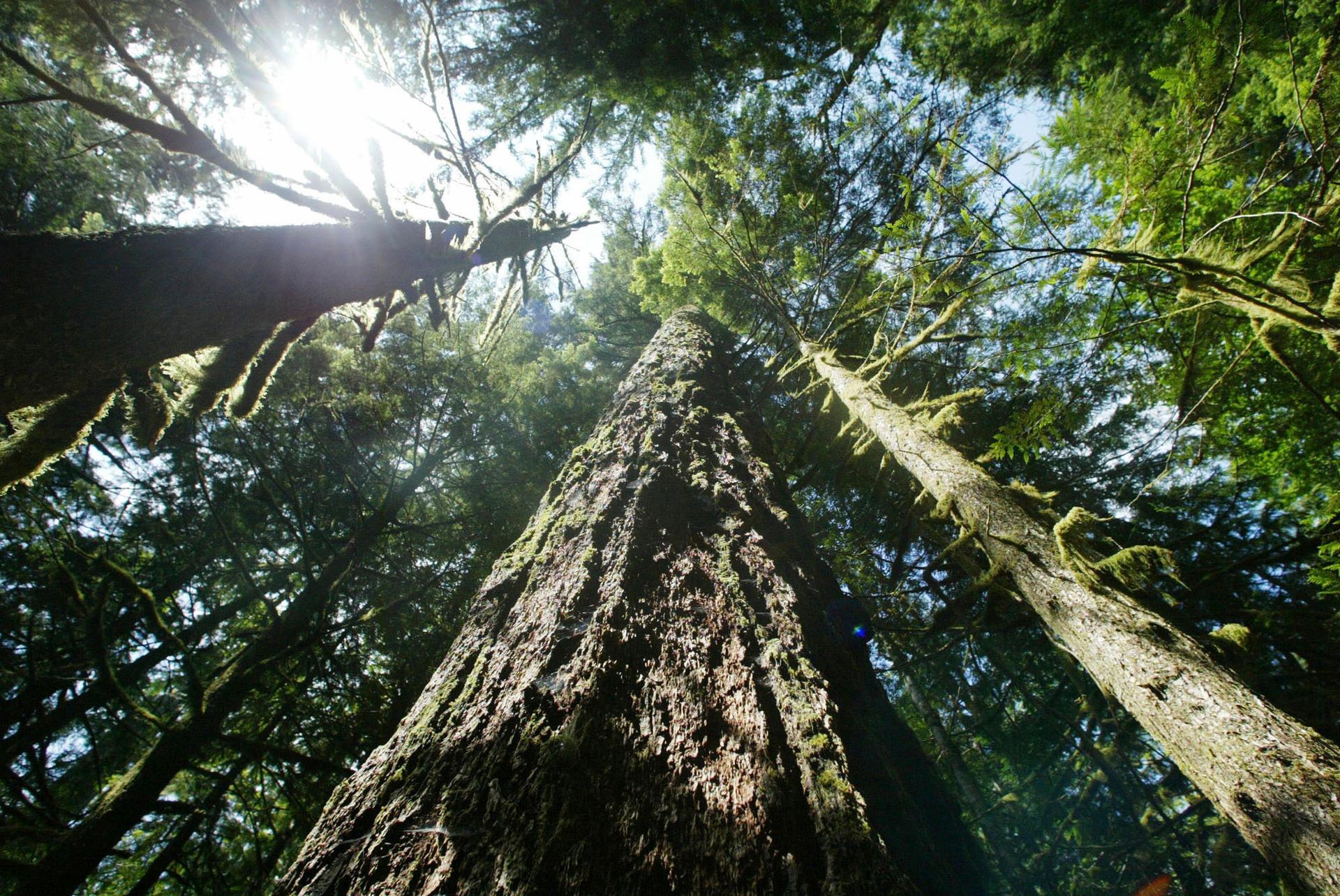A new study has found that between 11% and 16% of American trees are threatened with extinction.
Hundreds of scientists from botanic gardens and research institutions across the US collaborated on the study, published in the journal Plants People Planet, which assessed the extinction risk of all 881 known American tree species.
The top threats to trees in the US and across the world are pests and disease — and climate change is expected to increase the risk from these threats.
“The impacts of climate change, on average, are warmer temperatures, droughts, more intense storms and natural disasters, and that makes species and entire ecosystems more stressed and more vulnerable,” says Abby Meyer, executive director of Botanic Gardens Conservation International US and a lead author on the study.
Climate change can accelerate the invasion of pests and diseases into weakened forests, Meyer adds. Bark beetles, for example, which are one of the largest animal families in the world, often attack weakened trees first.
The study identified 165 threatened tree species in the US, many of them some of the most well-known, including oak, ash, Fraser fir (which is a common Christmas tree) and iconic old-growth trees like the California redwood and the Giant Sequoia. For these two species, stress from fire and drought have caused decline and die-off of older trees and prevented the regrowth of younger seedlings in the understory.
“California redwood and Giant Sequoia are both fire-adapted species; they evolved with seasonal fire,” Meyer notes. “But with the intensity of fires that we’ve been seeing, and also the rapid rate of change that we’ve been seeing with our climate, plant species just can’t keep up.”
The loss of tree species has broader implications for the entire natural world, Meyer says. She thinks of a forest, or any other type of ecosystem, as a tapestry.
“If you start pulling out one thread and then another, soon the fabric is not going to be as strong — you can see through it and it could be torn more easily,” she explains. “Ecosystems are very similar. And each thread is depending on the other one for strength and durability. So if some species start to disappear, the remaining species become more vulnerable.”
Other plants and animals rely for their survival on specific species of trees. If a species is lost, the forest or ecosystem may lose a lot more than just that tree species.
“Half of the world’s animal and plant species rely on trees as their habitat,” Meyer points out. “A single oak, for example, can support hundreds and even thousands of different species on a single tree. … So, in general, the consequences of forest decline are pretty catastrophic.”
Unfortunately, trees and plants don’t receive as much protection under the Endangered Species Act as animals do. The new study found that over 160 tree species may be endangered or threatened, but the federal government recognizes only about eight.
It can take years to get a plant species onto the list and those listed by the Endangered Species Act receive federal protections only on federal land. A species that exists only on private land or on non-federal land doesn’t get the same protection.
“There is a tendency…to sort of ignore plants,” Meyer says. “We call that ‘plant awareness disparity.’ Some people call it ‘plant blindness.’ Really, it comes down to some of the psychological characteristics of humans and how we are drawn to relatable organisms. If we can relate to an animal that moves, that maybe looks like they’re expressing emotion, then it makes us care about them.”
Plants don’t have that advantage, so they’re often overlooked — when, in fact, there are more threatened plants than threatened vertebrates and invertebrates combined, she points out. And the world is counting on trees to offset greenhouse gas emissions, so the loss of major species could affect how well the Earth survives changes to its climate.
Forests provide 50% of current carbon storage, so mass tree planting has in recent times been seen as “sort of a silver bullet solution to the climate crisis,” Meyer says. But often, tree planting initiatives don’t factor in biodiversity —and diverse, native tree communities are the most resilient type of forest environment.
“To allow for a dynamic and adaptable future forest, each species in [a] forest needs to have a full set of genetic tools to adapt to any future scenario,” Meyer says. “So our goal right now is to get the right trees in the right places and encourage diversity — that’s both species diversity and genetic diversity.”
Conservation can take other forms, too, Meyer adds: Seed banking, in which seeds are frozen for up to hundreds of years to buy the world some time and to preserve genetic lineages; growing living plants in a garden or conservation grove that can later be used for reintroduction in the wild or for breeding; and long-term management of existing species in wild populations.
“Management of these species through time — and that includes genetic management — is really crucial as these threatened species populations are dwindling,” Meyer maintains. “We need society to value plants and nature, so that it gets the conservation attention that it needs.”
Related: ‘Finding the Mother Tree’ explores the intricate communication networks within a forest
This article is based on an interview by Bobby Bascomb that aired on Living on Earth from PRX.
